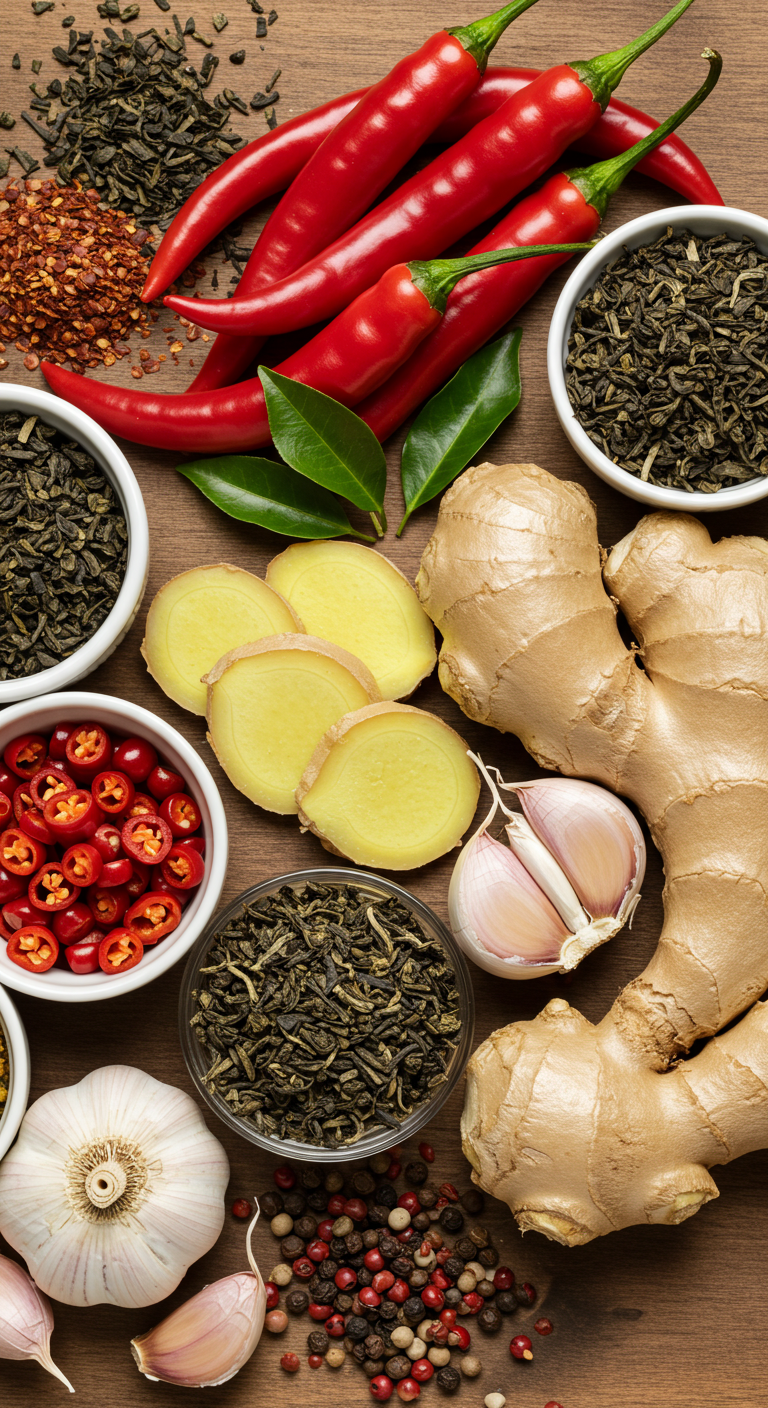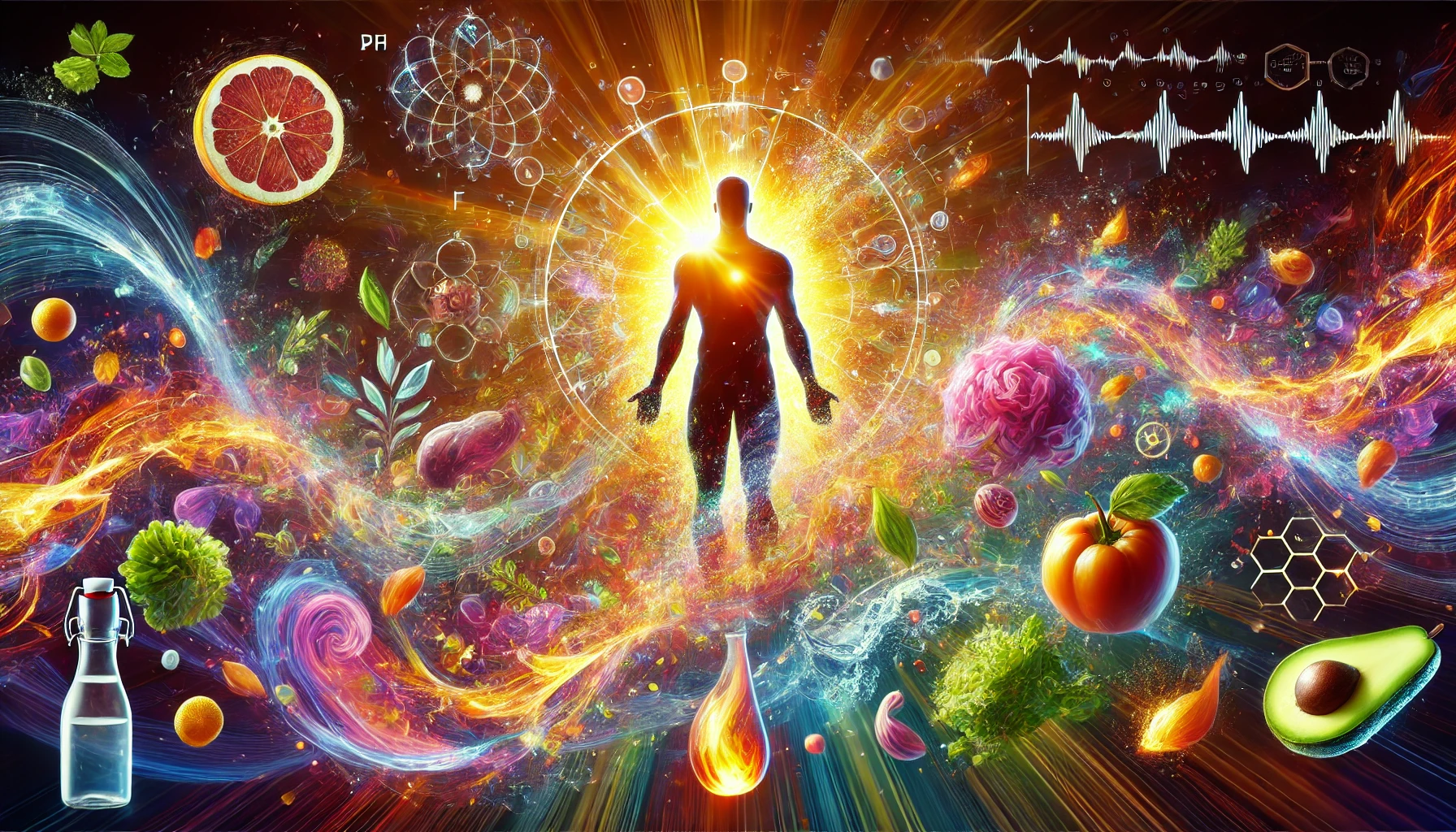The Science of Fat Burning
Did you know exercise can cut down belly fat more with higher efforts? This fact highlights the complex science behind losing weight and burning fat. It’s about turning stored fat into energy in our bodies. To understand fat loss, we must explore how metabolism functions. We also look at the different kinds of fat cells and the importance of diet and exercise.
Many try to speed up their metabolism with diets and supplements that don’t always work. It’s crucial to trust real science. We’ll look into how things like insulin levels and exercise affect fat loss. This will guide us to lose weight in ways that last. In this article you’ll learn how to stay healthy while enjoying life to the fullest.
Understanding Fat Cells and Their Role in Fat Burning
Have you ever thought about how your body burns fat? Inside us, fat cells called adipocytes are key players. Knowing about them helps us find good ways to reach our weight goals. Our body has two kinds of fat: white and brown, both important in their own ways.
Types of Adipose Tissue: White vs. Brown
White adipose tissue, or WAT, stores extra calories as fat. It’s like the body’s energy bank. On the other hand, brown adipose tissue, or BAT, burns calories to create warmth. The balance between WAT and BAT affects how we burn fat and our metabolism. Studies are revealing complex things about our fat cells, like a marker named UCP1 in brown fat. This knowledge helps us understand how to manage our weight better.
The Role of Adipocytes in Energy Storage and Release
Adipocytes do more than just store fat; they’re active in how our body uses energy. They release energy as needed. This keeps our energy levels balanced and keeps our metabolism working well. Also, scientists have found beige adipocytes, a mix of white and brown fat. This discovery opens up new ways to fight obesity.
Adipose Tissue as an Endocrine Organ
Adipose tissue is more than just a fat storage; it also acts like a gland. It makes hormones like leptin, which controls hunger and affects our metabolism. This shows us that fat and hormones are closely linked. Researchers are looking into this to find new methods to turn white fat into brown fat. This could improve how we burn fat.
The Mechanisms of Fat Loss
Understanding how fat loss happens is key for anyone wanting to lose weight. You must use more calories than you eat. This deficit makes the body use its fat for energy, causing weight loss.
Negative Energy Balance: The Key to Fat Reduction
To manage weight well, a negative energy balance is crucial. One should lower calorie intake and move more. A daily caloric deficit of 500 to 750 calories can lead to losing about 1 to 1.5 pounds weekly. This method helps lose fat and encourages better lifestyle choices.
How Metabolism Converts Food into Fuel
Metabolism is our body’s engine, turning food into energy. It processes nutrients into energy, storing extra as fat. Studies show proteins like p62 and NBR1 impact how fat burns. Changes in these proteins can change how much energy we use, affecting weight.
The Importance of Caloric Deficit for Effective Fat Loss
For successful fat loss, a caloric deficit is essential. It cuts down body fat and boosts health. Regular exercise deepens this deficit by burning more calories. The American College of Sports Medicine advises 150 to 250 minutes of moderate exercise weekly for weight loss. This routine strengthens metabolism and leads to steady fat loss.

Fat Burning Exercises: Finding the Right Intensity
Finding the right exercise intensity can really change your fitness game. High-intensity workouts burn a lot of calories and fat. However, moderate-intensity exercises are easier to keep up with and might suit some people better.
High-Intensity vs. Moderate-Intensity Workouts
It’s important to understand the difference between high and moderate-intensity workouts. High-intensity ones push your heart rate to 70-85% of its max. This level is great for fat burning. If you’re 35, you’d want your heart rate around 130 beats per minute.
- High-Intensity Workouts (70% – 85% of max heart rate):
- Running
- Interval training
- High-intensity interval training (HIIT)
- Moderate-Intensity Workouts (50% – 70% of max heart rate):
- Brisk walking
- Cycling (less than 10 mph)
- Water aerobics
The Role of Cardio Workouts in Fat Burning
Cardio workouts are great for your heart and for burning fat. They help you eat fewer calories than you burn. Cycling, brisk walking, and tennis are great for staying in the fat-burning zone. Aim for about 70% of your max heart rate. This depends on your age and fitness level.
Benefits of Resistance Training for Lean Body Composition
Resistance training is key for a lean body. It builds muscle, which burns more calories even when you’re resting. Including strength training in your workouts boosts fat burn. As you gain muscle, your body gets better at using energy. This helps keep off the weight over time.

Nutrition’s Impact on Fat Burning
Nutrition is key in losing fat effectively. The right foods increase metabolism and help in losing weight. Foods that produce heat in the body boost your fat-burning ability. This becomes a central part of healthy living. Fat-burning supplements also play a role in your journey.
Incorporating Thermogenic Foods in Your Diet
Thermogenic foods raise the body’s heat, which increases energy use. Here are top choices:
- Green tea – Drink 2-3 cups daily for its metabolism-boosting properties.
- Chili peppers – Add these to meals to reduce hunger and increase calorie burn.
- Lean proteins – Foods like skinless chicken and fish keep you full, helping in fat loss.
- Apple cider vinegar – Begin with a teaspoon daily to boost fat burning. Increase to a tablespoon as you adjust.
Understanding Fat-Burning Supplements
Many use supplements to help burn fat. When used right, some enhance fat loss. Remember to use them responsibly. Popular ones include:
- Caffeine – About 400 mg, or 4-5 cups of coffee, can boost metabolism during exercise.
- Green tea extract – It’s known for fat oxidation, especially with exercise.
- Whey protein – This helps in burning calories during digestion and reduces snacking.
- pHix Mature Hops Extract – helps with fat loss and many other health issues.
Healthy Eating Habits That Promote Fat Loss
Healthy eating means choosing whole, nutrient-rich foods. Here’s how to do it:
- Incorporate fruits and vegetables – More servings can lead to weight loss, with each serving related to an average loss of 0.29 kg initially.
- Pick whole grains – Foods like quinoa and bulgur are high in fiber but low in calories.
- Drink water – It’s essential for the body and helps avoid unnecessary snacking.
- Practice portion control – Watching serving sizes is key for maintaining a calorie deficit for fat loss.

Breaking Myths Surrounding Fat Burning
Fat loss myths can be confusing for many trying to lose weight. It’s a common thought that there’s a special “fat-burning zone” for effective weight loss. But actually, fat loss happens all over your body. It’s best to focus on reducing calories and employing a variety of fat loss methods.
It’s key to know that your body starts to burn fat through a complete strategy. This means paying attention to how many calories you burn overall. There isn’t a magic zone for fat burning.
Another myth is about dieting. It’s surprising but true that 85% of dieters end up regaining weight in a year. This shows that extreme dieting is not a long-term solution. In fact, it could lead to gaining more weight later on.
To manage weight effectively, a lifestyle change is necessary. Embrace healthy eating and consistent exercise for lasting results. This approach is more beneficial than short-term dieting.
There’s also a myth about certain foods aiding in fat loss. While some diets, like low-carb and high-protein, work for some, specific foods like green tea or chili have little effect. Understanding obesity’s complexity is vital in overcoming weight loss myths. Knowledge helps people opt for healthier life choices.
Source Links
- Scientific Challenges on Theory of Fat Burning by Exercise
- Physiological process of fat loss
- Insights into Energy-Burning Fat Cells
- How Your Body Fights Weight Loss
- Scientists Gain Insight into the Mechanisms of Fat Loss and Storage
- Top Fat Loss Tools for Effective Weight Management - January 19, 2025
- Setting Achievable Realistic Fat Loss Goals - January 18, 2025
- Sustainable vs Quick Fix Fat Loss - January 17, 2025
